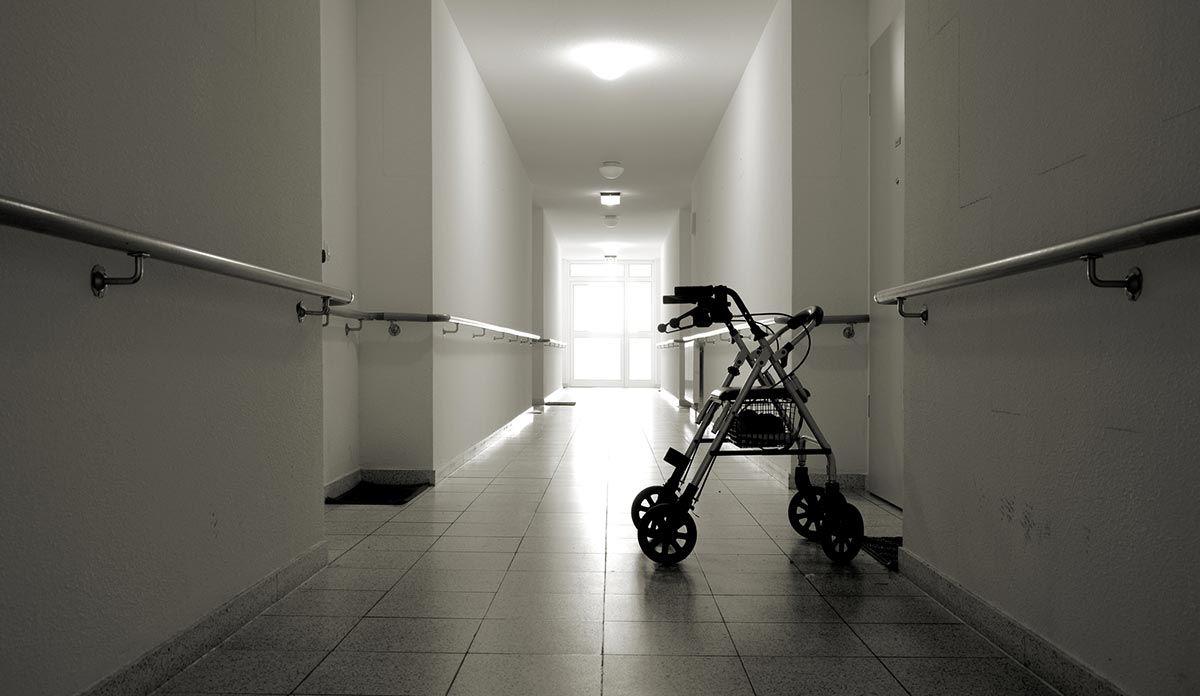What comes to mind when you think of a children’s hospital? Imagine your child being rushed to such a place because of a serious illness. What kind of reception will staff give them? What will their room look like? How will they be treated? Now think about a nursing home. What comes to mind? If your parent had to move into one tomorrow, how would they react? And you?
If you have trouble conjuring pictures for this thought experiment, open two Google image search tabs, type in the phrases “children’s hospital” and “nursing home,” and scroll down. The contrast may surprise you. Personalization versus institutionalization. Colorful versus drab. Imaginative abundance versus boring repetition.
A recent survey asked 1,300 adults age-50-and-over whether they agreed with this statement: I would rather die than live in a nursing home. Sixty-two percent said they would rather die. Yet adults over 75 are more likely to die in nursing homes than at home.
I conduct research on improving nursing home quality and struggle with this disconnect between people’s desires and their likely reality. Most of us don’t want to think about nursing homes. And no wonder. We’re inundated with scary information about them. Nursing homes vary widely in quality. And the media predominantly portrays them negatively, which likely influences consumer choices. But interventions and advocacy can positively influence this negative tide.
After all, kids in children’s hospitals and adults in nursing homes are the same individuals, separated only by time. Remember that child you had in mind earlier? If they live to sixty, they have a greater than 50% likelihood of spending at least one night in a nursing home. And that percentage rises dramatically as they age. As we age. Because nursing homes aren’t for other people. They’re for our parents, our friends, our children. They’re for us. When we think about them and work on improving them, we’re reforming our own future.
What can you do to become part of the growing movement to improve the image and reality of nursing home care?
- Educate yourself about and become involved with organizations working on these issues, such as the Pioneer Network, the Green House Project, and the National Nursing Home Quality Improvement Campaign.
- Be proactive in thinking about the future possibilities for yourself and those you care about. Check out options and know what to look for and what to ask when deciding on care.
- Start a conversation. Age is irrelevant. Someday, you hope, you and your loved ones will get old. So someday, I wager, all of you will stay in a nursing home. So get over your fear and start embracing nursing homes as your future playground. They will be then what you make them now.
Together, as families, as age cohorts, as a society, we can help care become equally appealing and equally humane across the age spectrum. As the young Beatles asked decades ago, “Will you still need me, will you still feed me, when I’m sixty-four?” Let’s work together on making the answer, “Yes, just as much, my love.”
Feature image: Heiko Küverling, iStock













